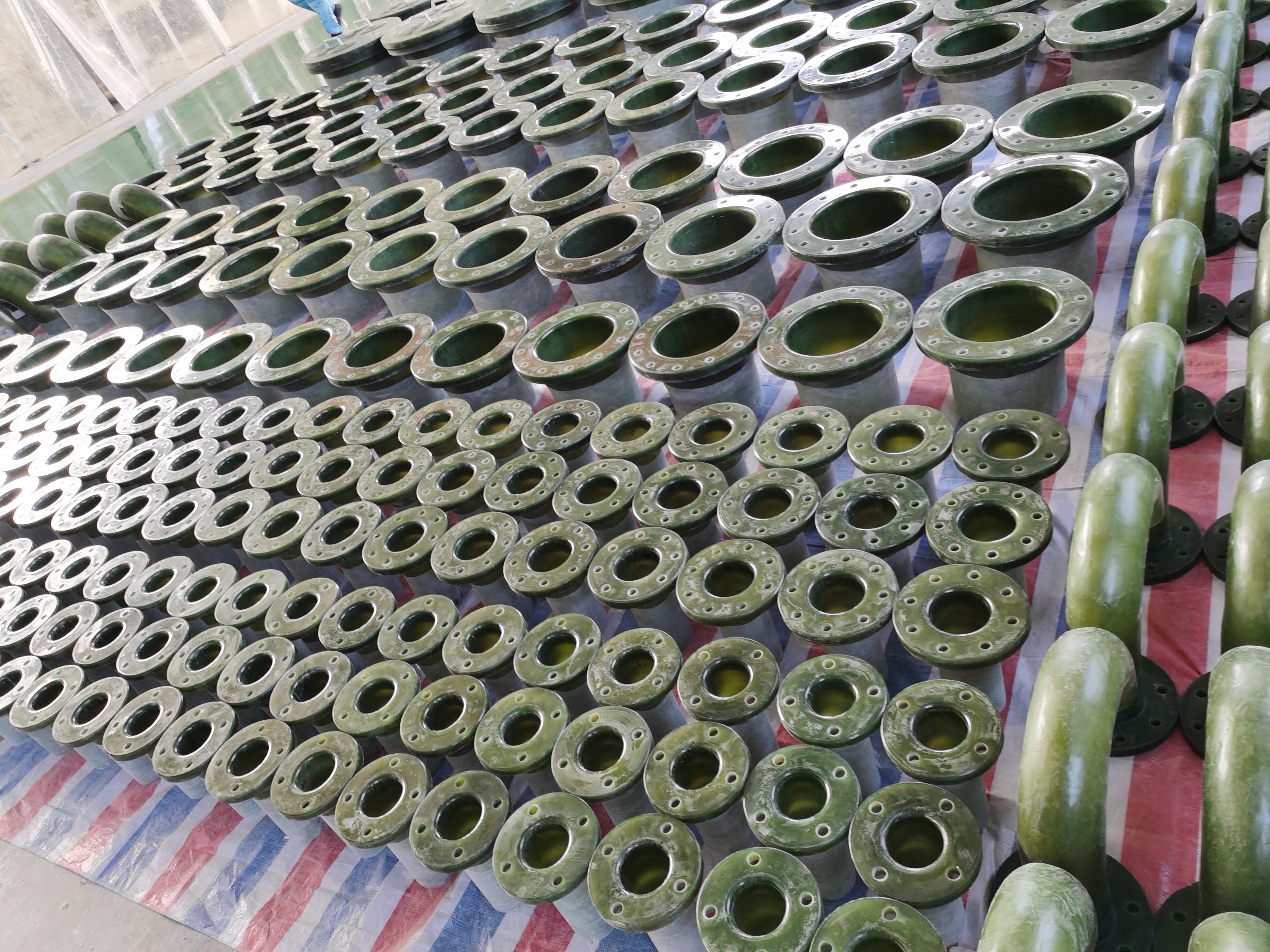
-
 Afrikaans
Afrikaans -
 Albanian
Albanian -
 Amharic
Amharic -
 Arabic
Arabic -
 Armenian
Armenian -
 Azerbaijani
Azerbaijani -
 Basque
Basque -
 Belarusian
Belarusian -
 Bengali
Bengali -
 Bosnian
Bosnian -
 Bulgarian
Bulgarian -
 Catalan
Catalan -
 Cebuano
Cebuano -
 China
China -
 China (Taiwan)
China (Taiwan) -
 Corsican
Corsican -
 Croatian
Croatian -
 Czech
Czech -
 Danish
Danish -
 Dutch
Dutch -
 English
English -
 Esperanto
Esperanto -
 Estonian
Estonian -
 Finnish
Finnish -
 French
French -
 Frisian
Frisian -
 Galician
Galician -
 Georgian
Georgian -
 German
German -
 Greek
Greek -
 Gujarati
Gujarati -
 Haitian Creole
Haitian Creole -
 hausa
hausa -
 hawaiian
hawaiian -
 Hebrew
Hebrew -
 Hindi
Hindi -
 Miao
Miao -
 Hungarian
Hungarian -
 Icelandic
Icelandic -
 igbo
igbo -
 Indonesian
Indonesian -
 irish
irish -
 Italian
Italian -
 Japanese
Japanese -
 Javanese
Javanese -
 Kannada
Kannada -
 kazakh
kazakh -
 Khmer
Khmer -
 Rwandese
Rwandese -
 Korean
Korean -
 Kurdish
Kurdish -
 Kyrgyz
Kyrgyz -
 Lao
Lao -
 Latin
Latin -
 Latvian
Latvian -
 Lithuanian
Lithuanian -
 Luxembourgish
Luxembourgish -
 Macedonian
Macedonian -
 Malgashi
Malgashi -
 Malay
Malay -
 Malayalam
Malayalam -
 Maltese
Maltese -
 Maori
Maori -
 Marathi
Marathi -
 Mongolian
Mongolian -
 Myanmar
Myanmar -
 Nepali
Nepali -
 Norwegian
Norwegian -
 Norwegian
Norwegian -
 Occitan
Occitan -
 Pashto
Pashto -
 Persian
Persian -
 Polish
Polish -
 Portuguese
Portuguese -
 Punjabi
Punjabi -
 Romanian
Romanian -
 Russian
Russian -
 Samoan
Samoan -
 Scottish Gaelic
Scottish Gaelic -
 Serbian
Serbian -
 Sesotho
Sesotho -
 Shona
Shona -
 Sindhi
Sindhi -
 Sinhala
Sinhala -
 Slovak
Slovak -
 Slovenian
Slovenian -
 Somali
Somali -
 Spanish
Spanish -
 Sundanese
Sundanese -
 Swahili
Swahili -
 Swedish
Swedish -
 Tagalog
Tagalog -
 Tajik
Tajik -
 Tamil
Tamil -
 Tatar
Tatar -
 Telugu
Telugu -
 Thai
Thai -
 Turkish
Turkish -
 Turkmen
Turkmen -
 Ukrainian
Ukrainian -
 Urdu
Urdu -
 Uighur
Uighur -
 Uzbek
Uzbek -
 Vietnamese
Vietnamese -
 Welsh
Welsh -
 Bantu
Bantu -
 Yiddish
Yiddish -
 Yoruba
Yoruba -
 Zulu
Zulu
exploring efficient methods for streamlining frp laundering
Exploring Efficient Methods for Streamlining FRP Laundering
In recent years, the demand for efficient laundering processes in various industries has prompted a closer examination of established practices. One area that has received significant attention is the laundering of fiber-reinforced plastics (FRP). Due to their widespread use in sectors such as marine, automotive, and construction, the efficient laundering of FRP materials is crucial for maintaining quality and sustainability.
FRP laundering involves the removal of contaminants from composite surfaces, which can accumulate during production, handling, and service. Conventional methods often rely on manual labor and harsh chemicals, leading to inefficiencies, increased costs, and potential environmental hazards. Therefore, exploring methods that streamline the laundering process is essential for improving productivity and minimizing ecological impacts.
Exploring Efficient Methods for Streamlining FRP Laundering
Moreover, robotic arms can be programmed to perform repetitive cleaning tasks, ensuring consistent results while minimizing human error. Automation not only increases the speed of the laundering process but also allows for a safer working environment, reducing the risk of exposure to harmful chemicals.
exploring efficient methods for streamlining frp laundering

In addition to automation, the adoption of eco-friendly cleaning agents represents another crucial step toward efficient FRP laundering. Traditional solvents can be detrimental to both health and the environment. By shifting toward biodegradable and non-toxic alternatives, industries can mitigate risks while maintaining effective cleaning capabilities. These agents are designed to break down contaminants without leaving harmful residues, ensuring that the FRP maintains its structural integrity and aesthetic quality.
Another critical factor in streamlining FRP laundering is the establishment of standardized protocols. By developing and implementing uniform cleaning processes across various applications, industries can ensure that all personnel are trained to follow best practices. This not only enhances the reliability of the laundering process but also simplifies training programs and ensures compliance with industry regulations.
Furthermore, the use of real-time monitoring systems can provide valuable insights into the laundering process, identifying areas for improvement. Sensors can track parameters such as chemical concentration, temperature, and cleaning duration, allowing teams to adjust processes dynamically for optimal results.
In conclusion, streamlining FRP laundering is an essential endeavor for industries reliant on these materials. By adopting automated cleaning systems, eco-friendly agents, standardized protocols, and monitoring tools, companies can significantly enhance efficiency while promoting sustainability. As the demand for high-quality FRP products continues to grow, investing in innovative laundering methods will not only yield economic benefits but also contribute to a greener future. The ongoing exploration of efficient laundering strategies will undoubtedly play a pivotal role in the advancement of the FRP industry.









